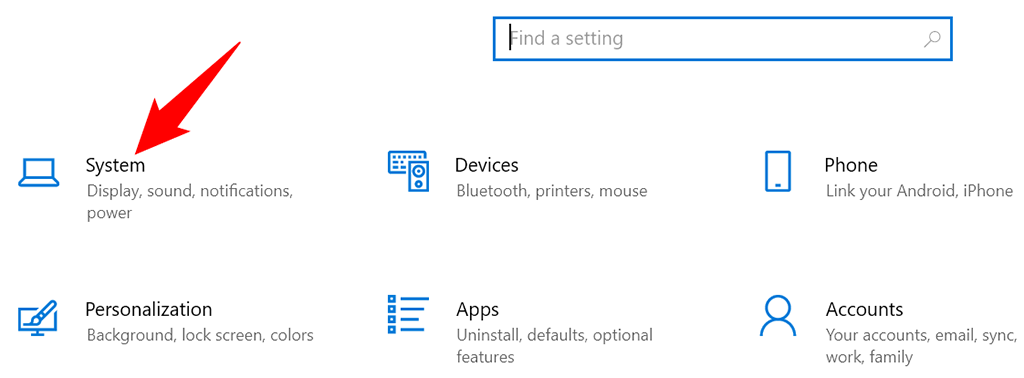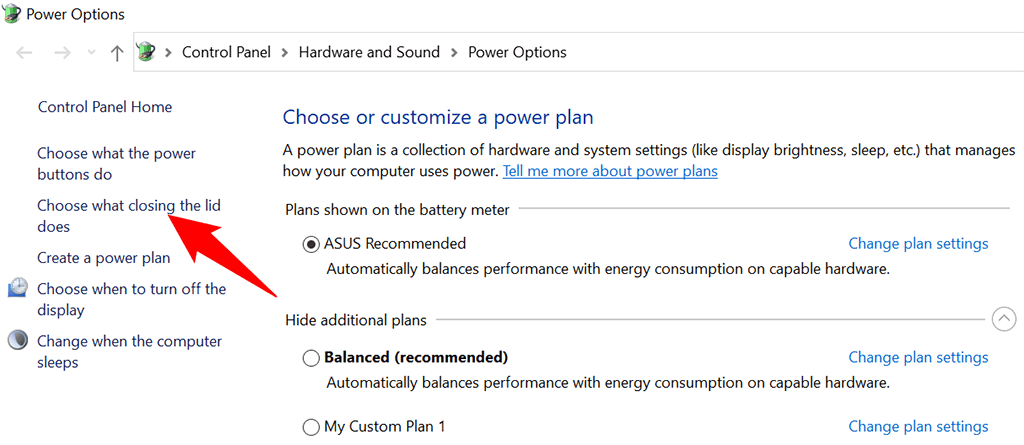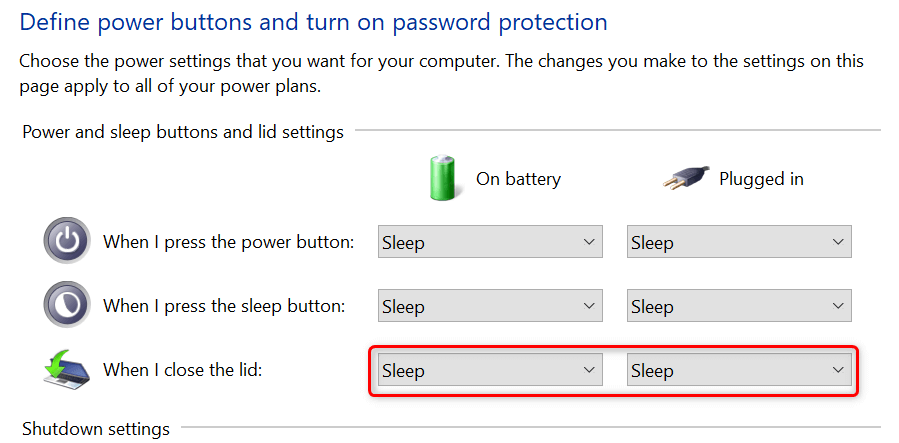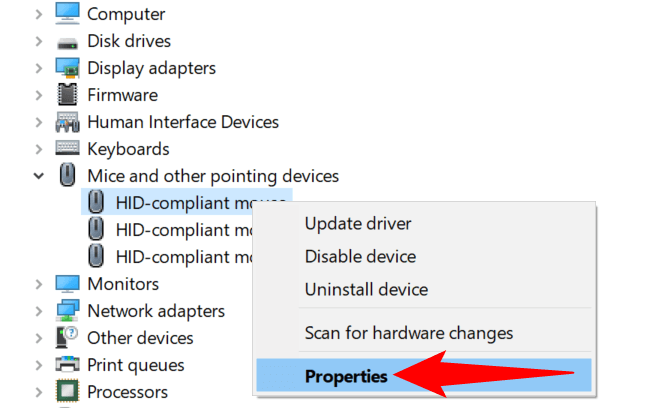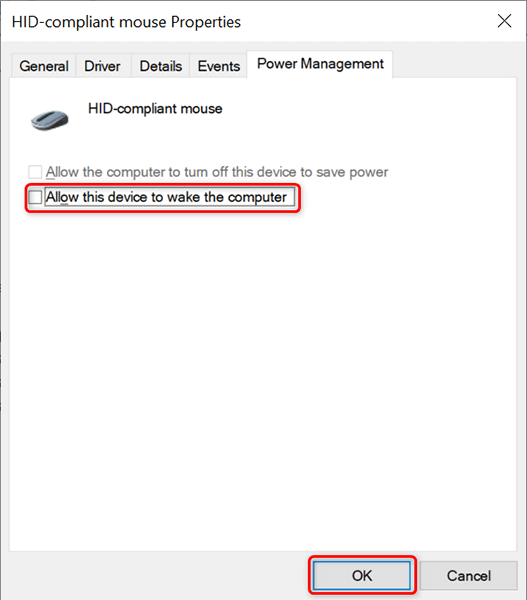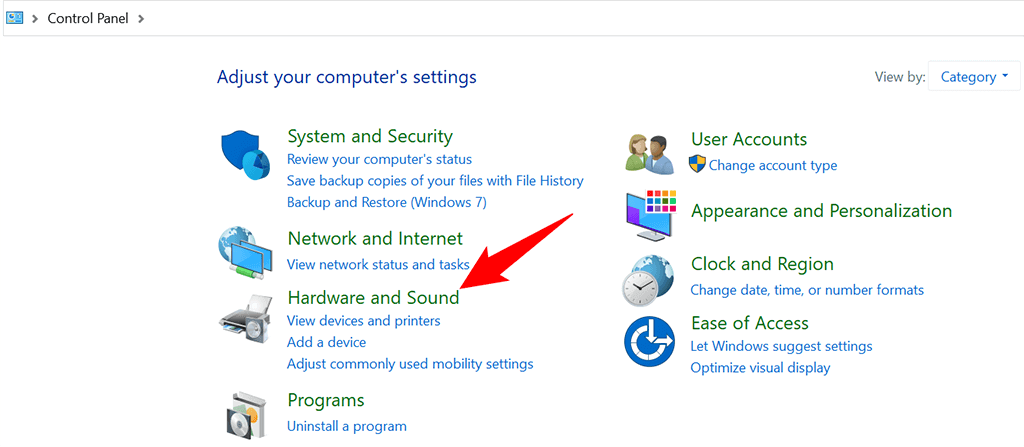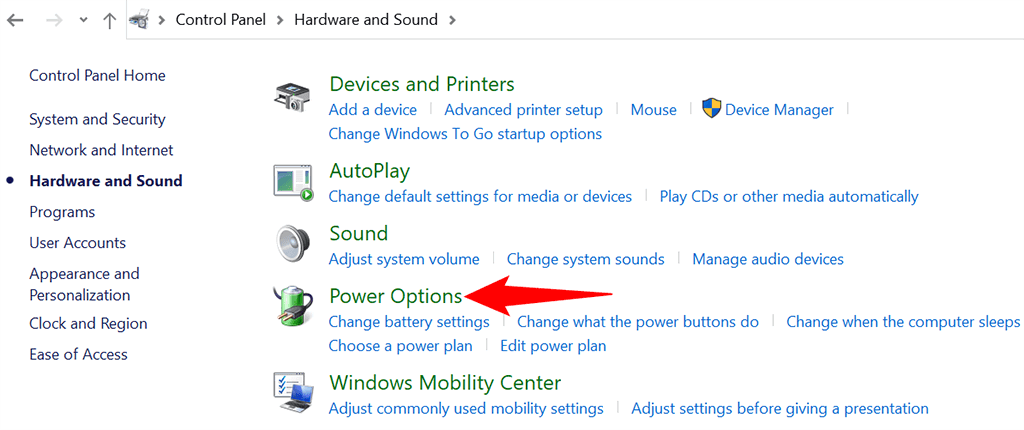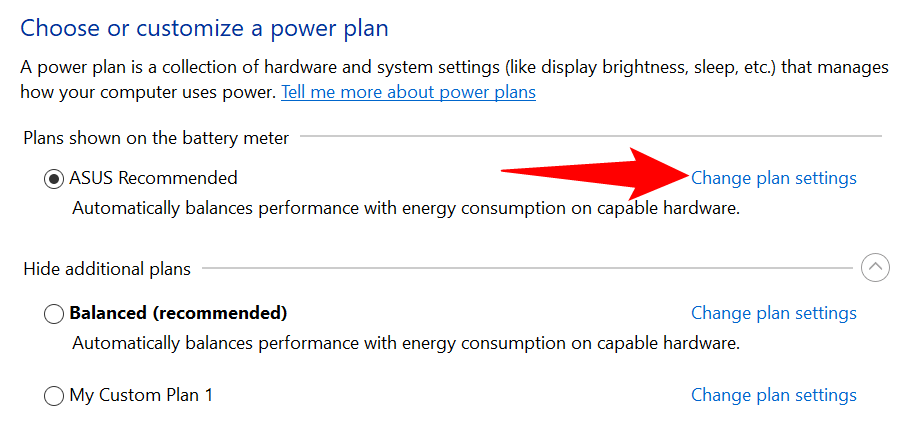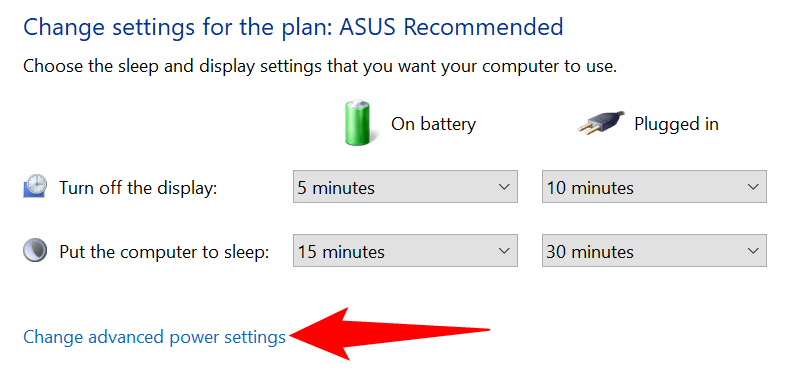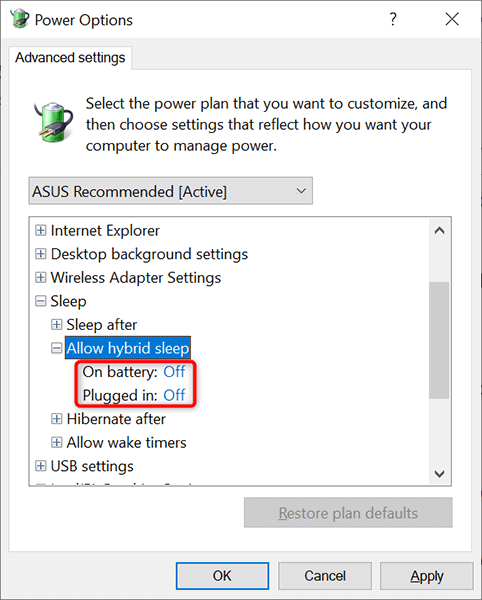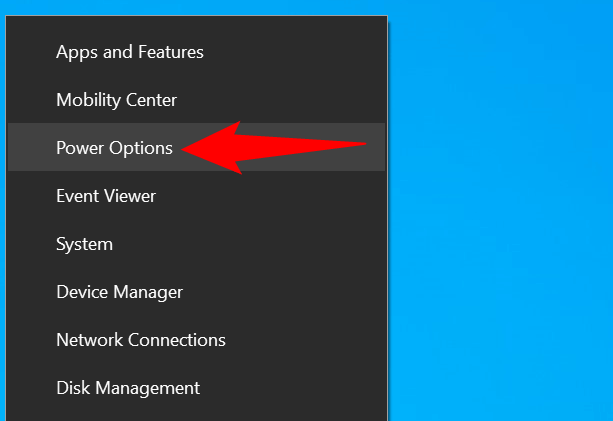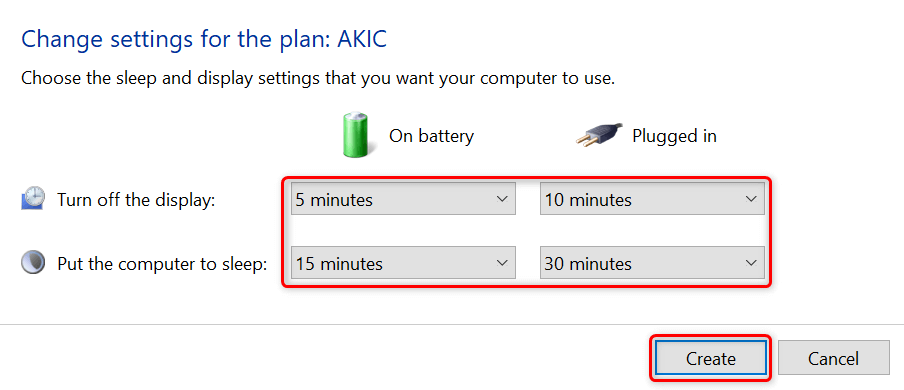Make it function exactly the way you want
Windows 10 offers various customizable sleep setting options, so your PC sleeps exactly the way you want. For example, you can set your PC to sleep after a predefined time period has elapsed. You can even make your PC fall asleep when you close your laptop’s lid.
In this guide, we’ll take a look at some of the Windows 10 sleep settings that you can tweak on your PC.
Choose the Idle Duration After Which Your PC Sleeps
When you configure sleep settings for your PC, the first option to define is how long your PC should be in idle mode to enter sleep mode. You can choose different options for both when your machine is plugged into a power source and when your machine is running on battery.
- Open the Settings app on your PC by pressing Windows + I keys at the same time.
- Select System on the Settings screen.
- Choose Power & sleep from the sidebar on the left.
- Define when your PC goes to sleep in the Sleep section on the right. Select an option from both drop-down menus depending on when your PC should enter sleep mode.
If you don’t want your PC to ever enter sleep mode, choose Never from both drop-down menus. This way, your PC never goes into sleep mode and always remains awake.
Put Your Laptop to Sleep When You Close the Lid
Windows 10 offers a sleep setting where you can put your laptop to sleep when you close the laptop’s lid. This is a handy and time-saving tip if you manually put your laptop to sleep mode while closing the lid.
- Open the Settings app on your PC by pressing Windows + I.
- Head to System > Power & sleep in the Settings app.
- Choose Additional power settings from the sidebar on the right.
- Select Choose what closing the lid does from the left sidebar.
- Select Sleep from both On battery and Plugged in drop-down menus for the When I close the lid option.
- Select Save Changes at the bottom of the window to save your settings.
Prevent Your Mouse From Waking Up Your PC From Sleep
By default, Windows 10 allows your mouse or trackpad’s movement to bring your PC out of sleep mode. If you don’t want this to happen, turn off an option for your mouse in your PC’s Device Manager tool.
- Open the Start menu, search for Device Manager, and select Device Manager in the search results.
- Expand the Mice and other pointing devices section in Device Manager.
- Right-click your mouse in the device list and select Properties from the menu.
- Access the Power Management tab on the Properties window.
- Disable the Allow this device to wake the computer option. Then, select OK at the bottom.
From now on, when your PC is in sleep mode and you move your cursor, your PC will remain in sleep and won’t come out of sleep mode.
Disable Hybrid Sleep Setting to Prevent Issues
Hybrid sleep in Windows 10 is the combination of sleep and hibernation modes. This combination sometimes creates various issues on your system. To prevent that from happening, it’s worth toggling off this option on your computer.
- Open Control Panel on your PC. The easiest way to do this is to open the Start menu, search for Control Panel, and select that option in the search results.
- Choose Hardware and Sound on the Control Panel window.
- Select Power Options on the screen that follows.
- Find your active power plan and select Change plan settings next to your plan.
- Select Change advanced power settings.
- Expand the Sleep option on the Power Options window.
- Expand Allow hybrid sleep and choose Off for both On battery and Plugged in options.
- Select Apply followed by OK at the bottom of the window.
Change Your Power Plan to Apply Different Windows 10 Sleep Settings
Each power plan on your Windows 10 PC carries different sleep settings. If you want to quickly apply a specific set of power and sleep settings to your PC, change your power plan to the one that has the sleep settings you want.
To do so:
- Press Windows + R keys to open the Run box.
- Type the following in the Run box and press Enter: powercfg.cpl
- You’ll see the power plans available on your PC. Select the radio button beside the plan that you’d like to activate.
Your PC now uses both power and sleep settings from your selected power plan. If a plan doesn’t meet your needs, you can quickly and easily switch to another plan whenever you want.
Create a Power Plan With Custom Sleep Settings
If the Windows 10 sleep settings you need are not available in the default power plan, you can create your own custom power plan. You can copy the settings from an existing plan, tweak them to your requirements, and make a custom plan of yours.
- Right-click the Start menu and choose Power Options.
- Select Additional power settings from the right sidebar.
- Choose Create a power plan from the options in the left sidebar.
- Select an existing plan to copy settings from, type a name for your new power plan, and choose Next.
- Specify the display off and sleep settings, and then select Create.
- You’ll now see your newly created power plan on your screen. This plan is now in use and is the default power plan for your PC.
- To change your power plan’s advanced options, select Change plan settings > Change advanced power settings.
Customize Your Windows 10 PC’s Sleep Patterns to Your Liking
Windows 10 comes with appropriate sleep settings enabled, but these don’t always match a user’s requirements. Luckily, you can customize these sleep settings to your own specifications and make the sleep feature function exactly the way you want.
And, if your Windows 10 PC still won’t sleep, there are ways to fix that issue.



